Disclosure: This article contains affiliate links. We may earn a commission from purchases at no extra cost to you, which helps our travel content.
Standing at the Metro Bus station with my Osprey Farpoint 40 slung over my shoulder, I watched the two cities pulse with energy. Rawalpindi with its colonial architecture and bustling bazaars; Islamabad with its clean grid layout and modern infrastructure. As different as concrete and steel, yet functioning as one interconnected metropolitan area. Having spent years in construction management before embracing travel, I appreciate solid infrastructure—and the twin cities' transportation network is a fascinating blueprint of organized chaos. During my week navigating between business meetings and local exploration, I discovered that moving between these sister cities doesn't require an engineering degree, just some local know-how and practical planning. Whether you're here closing deals or scouting locations, this guide will help you build an efficient route through the twin cities without blowing your budget or wasting precious time. Consider this your structural framework for navigating Rawalpindi and Islamabad like someone who's been on the job site for years.
Understanding the Twin Cities Layout
Before we dive into transit options, let's frame up the foundation. Imagine Rawalpindi and Islamabad as two distinct buildings connected by shared infrastructure. Rawalpindi (affectionately called 'Pindi') is the older structure—organic, dense, with narrow streets that tell stories of colonial history. Islamabad, in contrast, is like a modern high-rise—meticulously planned in sectors (like I-8, F-6, etc.) with wide boulevards and a logical grid system.
The cities border each other along the Islamabad Expressway, with key connection points at 9th Avenue, Murree Road, and IJP Road. These are your main support beams for transit between the two. For business travelers, it's crucial to understand that while Islamabad houses most government offices and corporate headquarters, Rawalpindi offers more budget accommodations and authentic local experiences.
During my fall visit, I stayed at a mid-range hotel in Rawalpindi's Saddar area, which gave me excellent access to both cities while saving nearly 40% compared to similar accommodations in Islamabad. The foundation of efficient navigation here is understanding that most business activities happen in Blue Area (Islamabad's commercial center) and the F-sectors, while many industrial meetings might take you to I-sectors or even the outskirts of Rawalpindi.

💡 Pro Tips
- Download the offline Google Maps for both cities before arriving—cellular data can be spotty
- Save your hotel location with a pin and take a hotel business card with the address in Urdu
- Learn the sector system of Islamabad (like F-7, G-10) to communicate destinations easily with drivers
The Metro Bus System: Your Main Support Beam
If there's one transportation system that serves as the main support beam between the twin cities, it's the Islamabad-Rawalpindi Metro Bus. This rapid transit system runs along a dedicated corridor from Saddar in Rawalpindi to Pakistan Secretariat in Islamabad, with 24 stations along the route. At just 30 PKR per journey (less than $0.20), it's the definition of budget-friendly transportation.
As someone who appreciates solid construction, I was impressed by the elevated sections and the efficiency of the system. During peak business hours (8-10 AM and 4-6 PM), trains arrive every 2-4 minutes. Off-peak, you might wait up to 10 minutes. The air-conditioned buses were a welcome relief during fall days that still hit 85°F.
For business travelers, the Metro connects to key areas like Blue Area (Islamabad's business district) and makes it easy to reach government offices. I found myself using it daily, appreciating how it bypasses the notorious traffic jams on Murree Road. The smartcard system works similar to construction site access cards—tap in, tap out, no fuss.
One morning, heading to a meeting in Blue Area, I watched local professionals in crisp suits standing alongside laborers heading to construction sites—a perfect cross-section of the twin cities' workforce. The Metro doesn't just transport people; it bridges social divides in a way that reminded me of job sites where architects and concrete pourers work side by side.
Pro tip: Invest in a money belt for secure storage of your Metro card, cash and business cards. The buses can get crowded during rush hour, and while generally safe, it's better to build in some security.
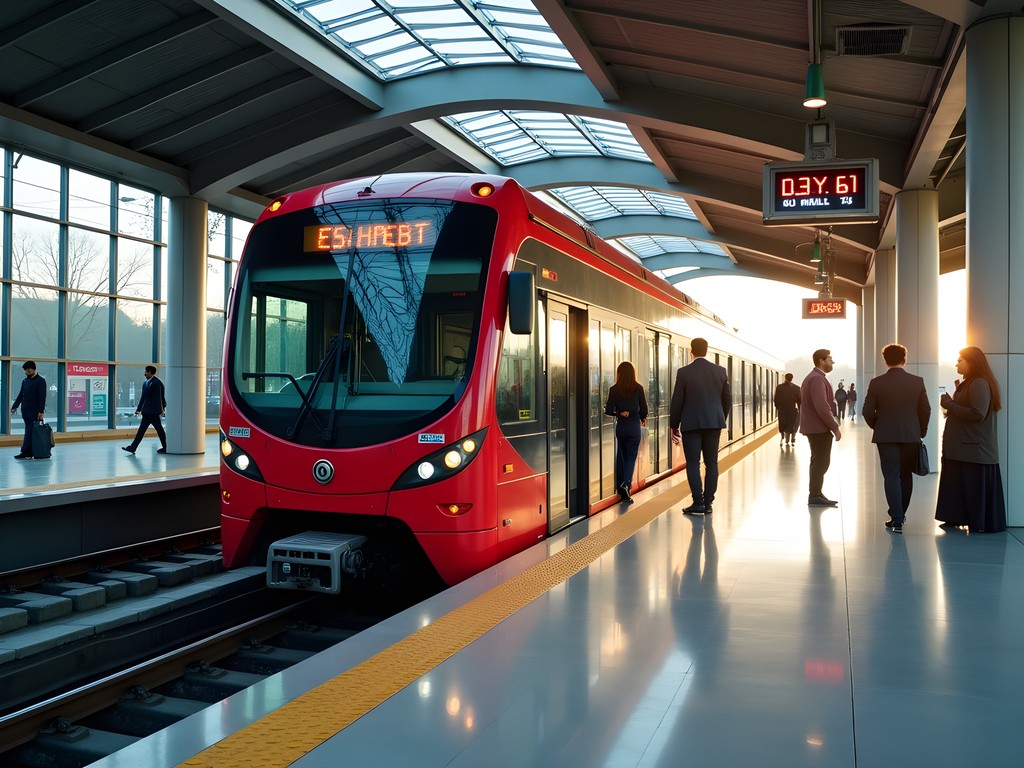
💡 Pro Tips
- Buy the Metro Card (200 PKR) if staying more than 3 days—it's faster than purchasing single tokens each time
- Women can use the dedicated female compartments at the front of each bus
- Metro operating hours are 6 AM to 10 PM—plan accordingly for early morning or late evening meetings
Ride-Hailing Apps: Flexible Transit Solutions
When the Metro doesn't quite reach your destination or you're running behind schedule (like that morning I had a 7 AM meeting in F-7), ride-hailing apps become your flexible transit solution. Think of them as the adjustable scaffolding of your transportation plan—adaptable to your specific needs.
Careem and Uber both operate extensively in the twin cities, with Careem having slightly better coverage in the older parts of Rawalpindi. Average rides between cities cost between 300-600 PKR ($1.50-$3.50), depending on distance and time of day—a fraction of what you'd pay in Western countries.
During my business trip, I found myself using these apps primarily in three scenarios: early morning meetings before the Metro started running, trips to locations away from the Metro line (like the industrial areas), and late-night returns after dinner meetings. The apps work exactly as they do elsewhere, though I recommend keeping some cash on hand as not all drivers prefer card payments.
One evening after a meeting ran late in Islamabad's F-10 sector, I called a Careem to get back to my Rawalpindi hotel. My driver, a former construction worker named Faisal, gave me invaluable insights about local building practices while navigating back roads to avoid traffic. These unexpected connections are the foundation of meaningful travel experiences.
To make your ride-hailing experience smoother, I recommend bringing a portable charger. Pakistani business days can run long, and nothing's worse than having your phone die when you're trying to call a ride from an unfamiliar location after a day of meetings.
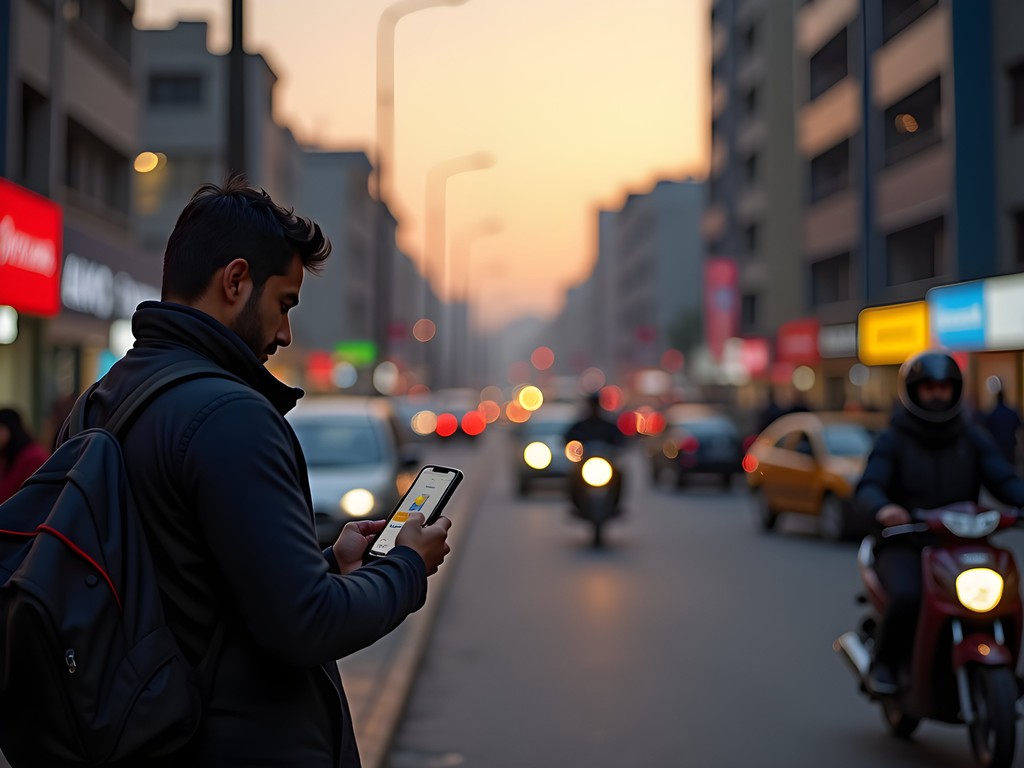
💡 Pro Tips
- Set your pickup location precisely on the map rather than relying on GPS, which can be inaccurate in dense areas
- Learn basic Urdu phrases for directions—drivers appreciate the effort and it improves communication
- Compare prices between Careem and Uber for each trip—pricing algorithms sometimes create significant differences
Traditional Transport: Taxis and Wagons
While modern transit options form the framework of intercity travel, traditional transport methods are like the finishing touches that complete the structure. Yellow taxis are abundant in both cities, particularly at designated taxi stands near markets, hotels, and transportation hubs. Unlike ride-hailing services, these require negotiation skills—always agree on the fare before starting your journey.
For a truly local experience that can save you significant money, the Suzuki wagon vans (locally called "wagons") connect various points between the twin cities for just 50-80 PKR per trip. These follow fixed routes—similar to bus lines—but don't have formal stops; you can flag them down anywhere along their route.
During one afternoon when I needed to reach Saddar Bazaar for some shopping between meetings, I hopped on a wagon from Faizabad interchange. Packed with locals, these 9-seater vans somehow accommodate 15 people, making for a tight but authentic experience. It reminded me of how we sometimes have to squeeze extra workers onto a lift to reach higher floors on construction sites—not the most comfortable, but definitely efficient!
Wagons are best used when you're not in a hurry and don't have formal business attire to worry about. They're also an excellent way to observe local life and practice your basic Urdu. Just be prepared for close quarters and have small denominations ready for payment.
For navigating the more chaotic transport options, I found my crossbody anti-theft bag invaluable for keeping my essentials secure while leaving my hands free to grab handrails or manage my way through crowded vehicles.

💡 Pro Tips
- When using yellow taxis, note the taxi number as a safety precaution and negotiate fares before entering
- Ask hotel staff to write down your destination in Urdu to show taxi drivers
- For wagons, learn the names of major intersections along your route rather than specific addresses
Business District Navigation: Blue Area & Beyond
For business travelers, Islamabad's Blue Area deserves special attention—it's the commercial core where many international companies, banks, and corporate offices are located. Running parallel to Jinnah Avenue, this district is well-served by the Metro Bus with several stations along its length.
Navigating within Blue Area is straightforward thanks to its linear design, but finding specific buildings can sometimes be challenging as the numbering system isn't always intuitive. I learned to identify landmarks rather than relying solely on addresses—"across from Centaurus Mall" or "next to HBL Plaza" worked better than specific building numbers.
For meetings in the diplomatic enclave (where many embassies and international organizations are located), be aware that security is tight and ride-hailing drivers may not be able to enter certain zones. Plan extra time for security checks and consider arranging official transportation through your meeting hosts.
The F-sectors (particularly F-6, F-7, and F-8) house many business headquarters in standalone buildings. These areas follow a grid pattern but can be confusing for newcomers. Each sector is divided into sub-sectors (like F-7/2 or F-8/4), and knowing this system helps tremendously when communicating with drivers or colleagues.
During my week of meetings across both cities, I found myself constantly checking Google Maps for walking directions between nearby meetings. Having a good travel umbrella was essential for those short walks between buildings, as fall in Islamabad can bring unexpected rain showers that appear and disappear within minutes.
One morning, I had meetings in three different buildings across Blue Area. Rather than calling separate rides, I found that walking was often faster due to the one-way traffic system and pedestrian bridges that efficiently connect different sides of Jinnah Avenue—another example of good urban planning that reminds me of well-designed construction site circulation.

💡 Pro Tips
- Schedule meetings with at least 30-minute buffers for transportation delays, especially during rush hours
- Use the pedestrian bridges to cross Jinnah Avenue rather than attempting to cross the busy road
- For multi-location meeting days in Blue Area, consider a central coffee shop as your 'base camp' between appointments
Time-Saving Transit Hacks for Business Travelers
In construction management, we live by the principle that time equals money. The same applies when navigating the twin cities for business. Here are some structural reinforcements for your transit plan that I discovered through trial and error.
First, identify the transit hubs that connect multiple systems. Faizabad Interchange is the crown jewel—it connects the Metro Bus, local buses, wagons, and has plenty of taxis and ride-hailing pickups. If your accommodations are near this hub, you've essentially positioned yourself at the central junction box of the twin cities' electrical system.
Second, consider the timing of your movements. The twin cities have predictable traffic patterns: heavy inbound to Islamabad 7-9 AM, outbound 4-7 PM. I scheduled my Rawalpindi meetings in the mornings and Islamabad meetings in the afternoons to travel against traffic flow—a technique similar to scheduling concrete pours during off-peak hours.
Third, leverage technology. Google Maps works reasonably well for main routes but doesn't always account for local traffic conditions. I supplemented it with Waze for real-time traffic and found the combination nearly foolproof. Keep your devices charged with a reliable travel adapter as power outlets can be scarce when you're on the move between meetings.
Fourth, build relationships with drivers. If you find a reliable taxi driver, take their number and arrange direct pickups. I met Khalid on my second day and used his services throughout my stay—he knew all the shortcuts between cities and would wait during my shorter meetings for a reasonable fee.
Finally, don't underestimate the value of walking for short distances in Islamabad. The city's wide sidewalks and relatively flat terrain make walking viable for distances under 1 km, often faster than waiting for transportation during busy periods. Rawalpindi, with its narrower streets and denser traffic, is less pedestrian-friendly except in specific areas like Saddar.

💡 Pro Tips
- Keep a business card from your hotel to show drivers for return journeys
- Travel between cities during off-peak hours whenever possible (10 AM-3 PM)
- Consider booking accommodations near Metro stations to maximize transit flexibility
Final Thoughts
Navigating between Rawalpindi and Islamabad is like managing a complex construction project—it requires planning, adaptability, and local knowledge. By leveraging the Metro Bus as your main transportation artery, supplementing with ride-hailing apps for flexibility, and using traditional transport options to fill the gaps, you can create an efficient system that saves both time and money. Throughout my week of business meetings across the twin cities, I found that the transportation infrastructure, while sometimes chaotic to outside eyes, has a logical framework once you understand its blueprint. The contrast between Rawalpindi's organic growth and Islamabad's planned precision creates a fascinating urban experience that reflects Pakistan's blend of tradition and modernity. So grab your Metro Card, download those ride-hailing apps, and prepare to navigate the twin cities with the confidence of a local. After all, every journey between these sister cities builds another connection in your understanding of Pakistan's vibrant urban landscape.
✨ Key Takeaways
- The Metro Bus system is the most cost-effective and reliable way to travel between cities during business hours
- Ride-hailing apps provide flexible options for locations away from Metro routes and during off-hours
- Understanding Islamabad's sector system is crucial for efficiently communicating destinations
- Strategic scheduling around peak traffic times can save hours during a business trip
📋 Practical Information
Best Time to Visit
October-November or March-April
Budget Estimate
$30-50 per day for transportation
Recommended Duration
5-7 days
Difficulty Level
Moderate

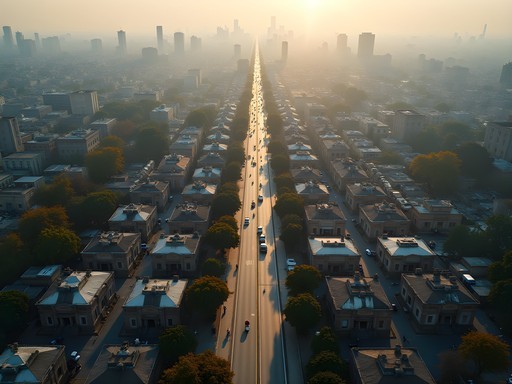


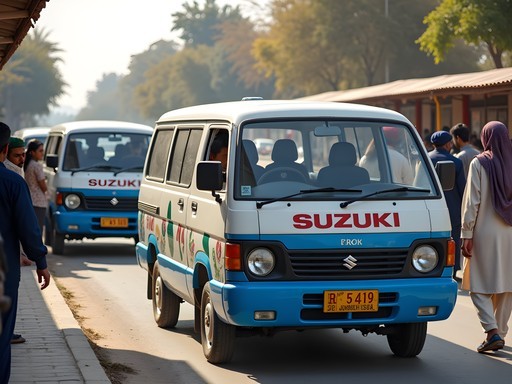

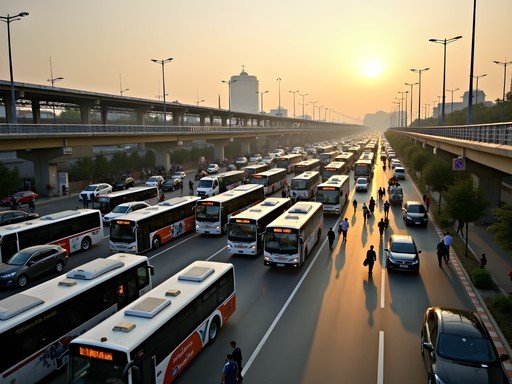






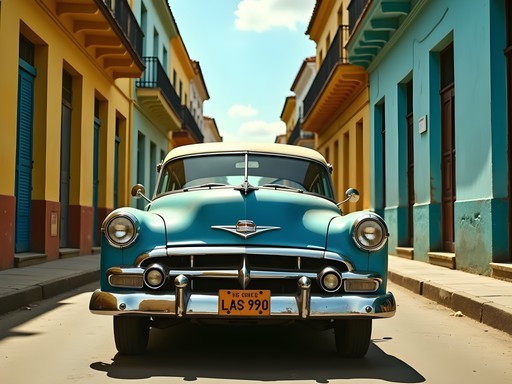

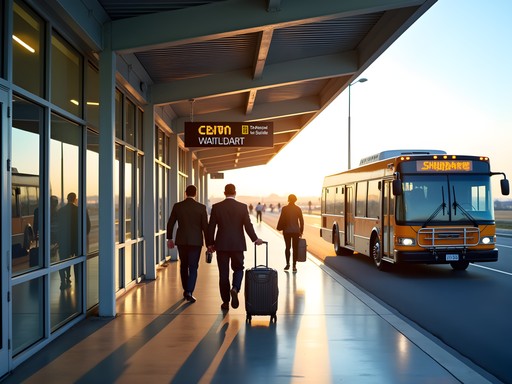

Comments
adventurelover3846
Just got back from Pakistan and used this guide extensively! The Metro Bus is fantastic during off-peak hours, but gets insanely crowded during rush hour. We ended up using Careem most evenings which was reliable and not too expensive. One thing to note - there's a significant price difference between the yellow taxis and ride-hailing apps, but the convenience of not having to negotiate fares made the apps worth it for us. The wagon routes were confusing at first but super cheap once we figured them out!
Megan Martin
As someone who travels to Islamabad quarterly for business, I can vouch for everything in this article. One additional tip: the Blue Area is the perfect connector between the two cities with excellent transport links. For business travelers with meetings in both cities, I recommend staying somewhere near Blue Area for convenience. Also, keep small bills handy for the traditional wagons - they rarely have change for larger notes. My travel wallet with multiple compartments has been invaluable for organizing different denominations.
journeyseeker
Any recommendations for good apps to download before arriving? Is Uber the best option there?
adventurelover3846
Careem works better than Uber in my experience! More drivers and sometimes cheaper. Also download Bykea if you're comfortable on motorbikes - super fast way to beat traffic, though definitely not for everyone!
journeyseeker
Thanks for the tip about Careem! Not sure I'm brave enough for motorcycle transport though 😅
summernomad
Is it worth staying in Islamabad and commuting to Rawalpindi for day trips, or better to split accommodation between both?
Ingrid Thompson
I'd recommend basing yourself in Islamabad for better accommodation options and making day trips to Rawalpindi. The commute is manageable and you'll appreciate returning to Islamabad's calmer atmosphere in the evenings!
winterrider
Totally agree with Ingrid. We stayed in F-7 sector in Islamabad and it was perfect - plenty of cafes and a short ride to everything.
vacationbuddy1248
Love this guide! The Metro Bus was a lifesaver during our trip last year. So cheap and efficient!
happytime
How safe is the Metro Bus for solo female travelers at night? Planning a business trip and might need to travel between the cities in the evening.
Sarah Powell
I traveled solo on the Metro Bus last year, including some evening trips. The women's section made me feel quite secure. Just be aware that it gets very crowded during rush hours (7-9am and 5-7pm). I'd recommend using ride-hailing apps after 9pm if you're concerned.
happytime
Thanks Sarah, that's really helpful! Glad to hear about the women's section.
cityseeker
This is exactly what I needed! Going to Pakistan next month and was stressing about getting between these cities. Metro Bus sounds like the way to go!
Sophia Gomez
Ingrid, this is such a comprehensive guide! During my business trips between these cities, I've found that timing is everything. For anyone reading: if you're staying in Islamabad but have meetings in Rawalpindi (or vice versa), build in an extra 30 minutes beyond what you think you need, especially during monsoon season when flash flooding can temporarily halt the Metro Bus. Also, for women travelers, I found the Pink Taxi service to be excellent when I needed to travel at odd hours - they're women-driven cabs specifically for female passengers and felt much safer for late-night trips.
summerbackpacker
Thanks for mentioning the Pink Taxi service! Hadn't heard of that before but will definitely use it when I visit next year.
Sarah Powell
Excellent breakdown of the transit options, Ingrid! I spent three weeks navigating between these cities last year and found that having a good daypack makes all the difference when using public transportation. I carried my lightweight backpack everywhere - perfect size for essentials while keeping hands free to grab rails on crowded buses. One tip I'd add: grab a Metro Card if staying more than a few days - the discount adds up quickly and you'll avoid the ticket queues. Also, don't miss taking at least one ride in a traditional auto-rickshaw between short distances in Rawalpindi - it's chaotic but gives you stories to tell forever!
adventurevibes
Just booked my tickets after reading this! Can't wait to try the Metro Bus system. Your pics of the stations are awesome!
Venture X
Premium card with 2X miles, $300 travel credit, Priority Pass